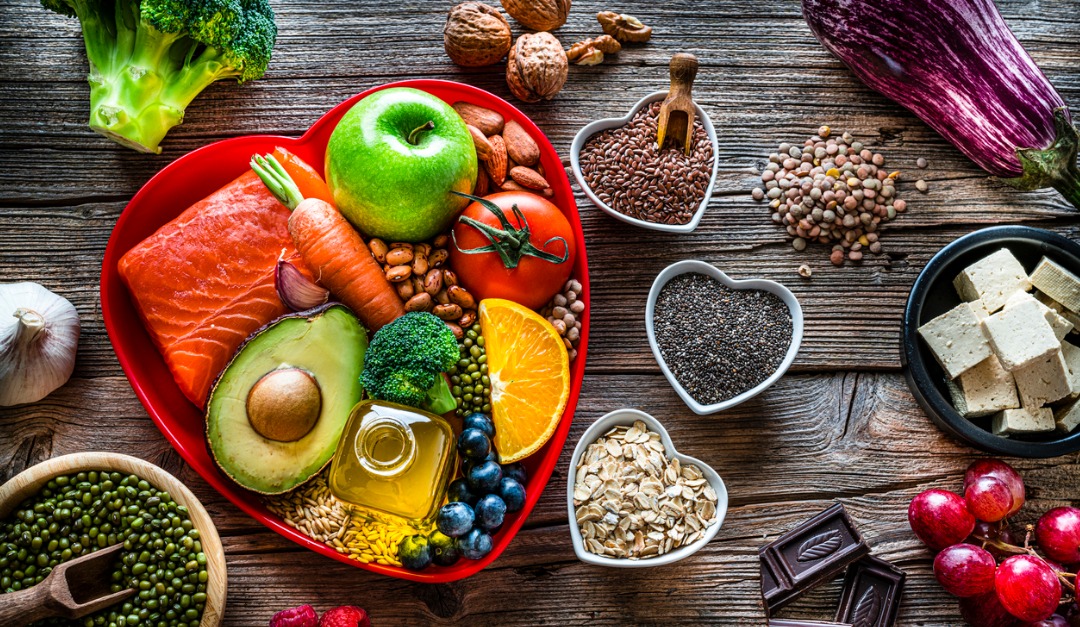
How to Include More Healthy Fats in Your Diet and Cut Down on Unhealthy Fats
A high-fat diet has been linked to a host of health problems, including high cholesterol, heart disease and obesity. Not all fats are the same. It’s important to understand the difference between healthy and unhealthy fats so you can find the right balance.
What Are Healthy Fats?
Unsaturated fats can reduce the risk of heart disease and stroke and contribute to healthy levels of “good” and “bad” cholesterol. Unsaturated fats are found in vegetable oils, some nuts, seeds, fatty fish and avocados.
Polyunsaturated fats include omega-3 and omega-6 fatty acids. Omega-3s help the body absorb some vitamins. They can protect mental health and memory and reduce the risk of cancer, heart disease and stroke.
What Are Unhealthy Fats?
A diet high in unhealthy saturated fat can contribute to high cholesterol and heart disease. Saturated fat is found in fatty meat, sausage and other meat products, cheese, butter, cream, sour cream and other foods.
Trans fats made from partially hydrogenated oil have been widely used in a variety of processed foods. They can raise levels of “bad” cholesterol and reduce levels of “good” cholesterol.
How to Eat Foods With the Right Fats
When you go grocery shopping, read nutrition labels. Many common foods have high levels of unhealthy fats. Compare products from different brands to find healthy versions.
Be careful when looking at products labeled “low-fat” or “fat-free.” While trans fats have been eliminated from many products, they are still used in some cases, even in foods that are labeled “zero trans fat.” Also, some foods that are relatively low in unhealthy fats are high in carbohydrates that can contribute to weight gain and diabetes.
Look for lean cuts of meat. Trim fat and remove skin before cooking meat. Instead of frying meat, use cooking methods that require little or no oil, such as baking, grilling and broiling. Cut down on the amounts of butter and oil you use when preparing food.
Incorporate more fruits and vegetables into your diet. They can help you reduce your fat intake and provide you with valuable vitamins and minerals.
Make Healthy Choices
If you’re concerned about your health, speak with your doctor. Discuss your current diet and changes you should make. You shouldn’t try to completely eliminate fat from your diet since some fats provide important benefits, but you should work on creating a balance that will support your overall health.
Look for ways to cut back on unhealthy fats and eat more healthy ones. Try new products and experiment with new recipes.
"Your Direction Home"


